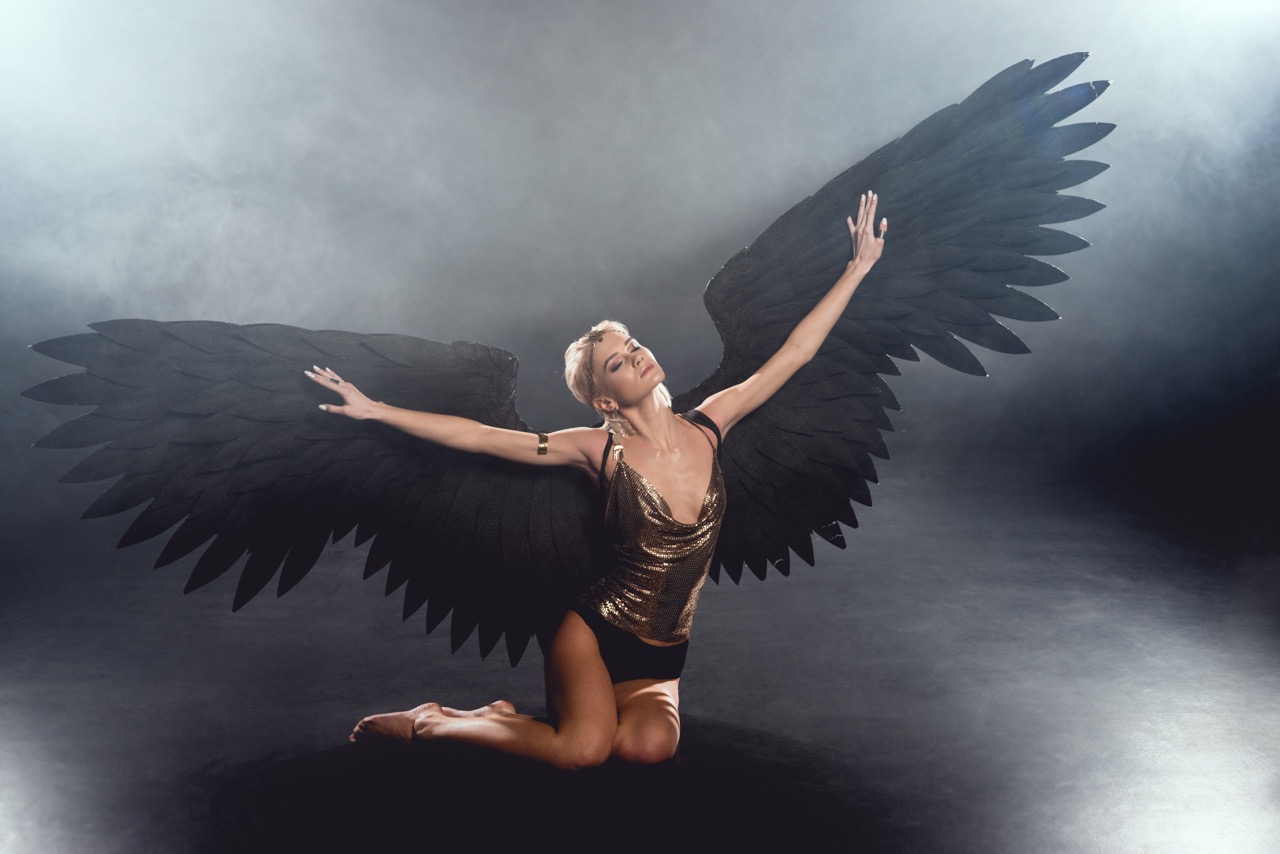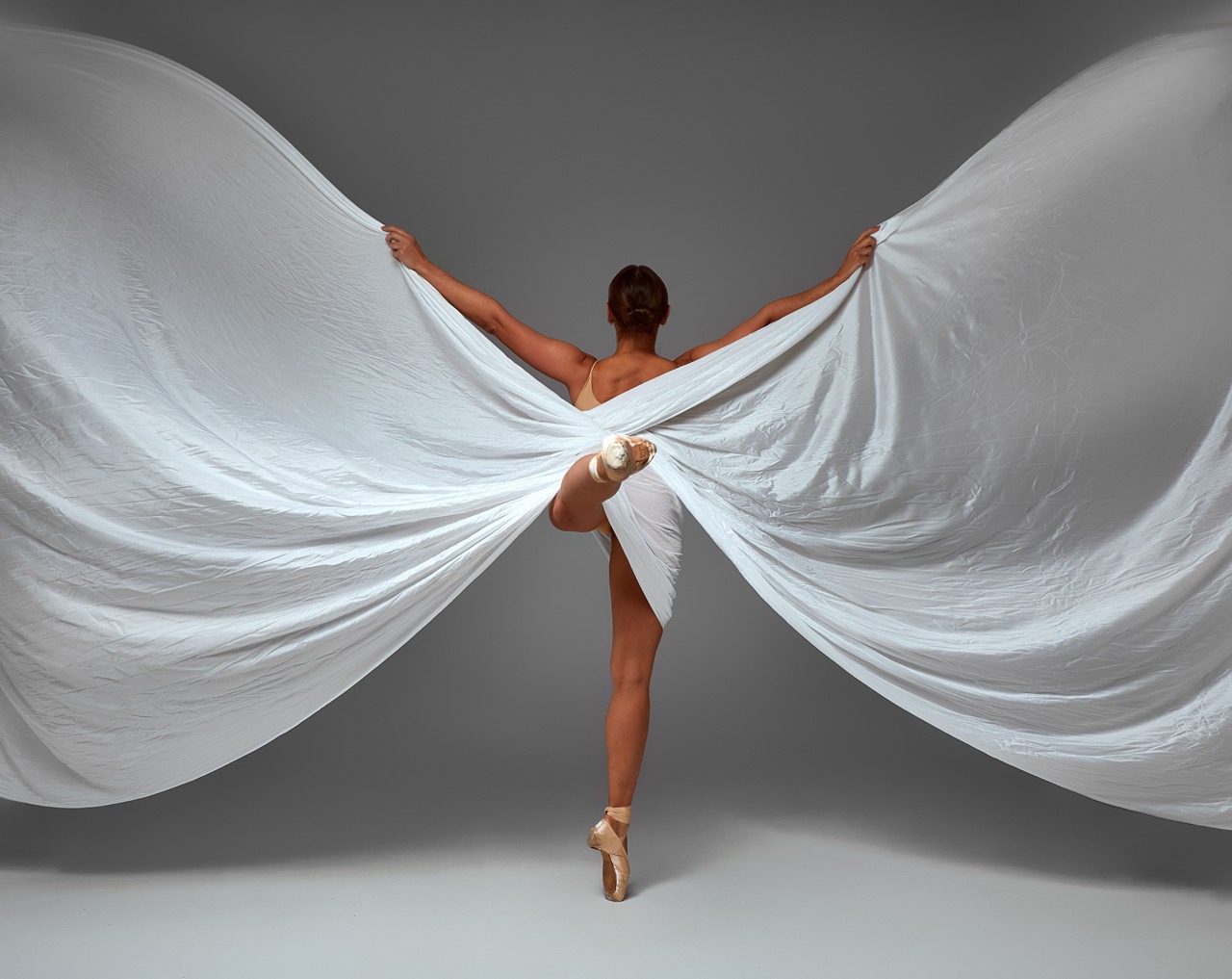In the realm of artistic expression, dance has always been a medium that transcends barriers, weaving emotions through movement. However, as the dance community continues to evolve, so too does the technology that supports it. One such innovation making waves is 3D scanning, a tool that is revolutionizing the design of custom dance wings. A staple in theatrical performances and competitions, these wings have transformed from simple fabric creations into intricate works of art that enhance the dancer’s performance and presence on stage. This article explores how 3D scanning is reshaping the landscape of wing design, blending artistry with cutting-edge technology.
Unveiling the Art: The Intersection of Dance and Tech
Dance is not just about movement; it’s about storytelling, emotion, and visual impact. The intersection of dance and technology allows choreographers and performers to push boundaries. Historically, dance wings have been crafted using traditional techniques, which often limited their design and functionality. However, with the advent of new technologies such as 3D scanning, artists can now explore innovative designs that were once inconceivable.
3D scanning captures the dancer’s movements and physical form with high precision, allowing designers to create wings that not only fit the dancer perfectly but also respond dynamically to their choreography. This transformation enhances the visual spectacle of performances, making them more captivating for audiences. The fusion of art and tech opens a realm of possibilities for dancers to express their individuality and creativity, elevating the overall performance experience.
Moreover, this convergence of technology and dance is fostering collaboration among artists, engineers, and designers. By working together, they can create wings that integrate functionality with aesthetic appeal, thus redefining what it means to perform. This collaboration nurtures a culture of innovation, pushing the limits of creativity and redefining the role of traditional craftsmanship in dance.
Precision at Its Finest: The Science of 3D Scanning
At the heart of this revolution lies the science of 3D scanning, a technology that offers unparalleled precision in capturing the intricate details of the human form. Unlike traditional measurement methods, 3D scanning employs laser technology to create a detailed digital map of a dancer’s body, documenting every contour and angle. This allows designers to develop wings that are not only visually stunning but also ergonomically sound, ensuring that they enhance rather than hinder movement.
The data gathered through 3D scanning can be manipulated using sophisticated software, enabling designers to experiment with various shapes, sizes, and materials. This flexibility allows for a wide range of customizations, from delicate feathered wings to bold, structural designs that demand attention. The ability to visualize and modify these designs in a virtual environment significantly shortens the prototyping process, allowing for faster iterations and the realization of more complex designs.
Furthermore, the precision offered by 3D scanning addresses common challenges faced by dancers, such as comfort and mobility. Custom wings can be designed to balance weight distribution effectively, ensuring that they remain lightweight and easy to maneuver. This not only enhances the dancer’s ability to perform intricate movements but also reduces the risk of injury, allowing for longer and more dynamic performances.
From Vision to Reality: Custom Wings Tailored for Dancers
Once the design process begins with 3D scanning, the next step is translating that vision into reality. Utilizing advanced manufacturing techniques, such as 3D printing, designers can transform digital models into tangible creations. This process enables the production of intricate designs that would be nearly impossible to achieve with traditional methods. The ability to create complex geometric patterns and textures adds depth and dimension to dance wings, resulting in eye-catching visual effects when illuminated on stage.
Custom wings, tailored to the individual dancer, are not just about aesthetics; they are about creating a unique identity for each performer. From color choices to textural variations, every decision can reflect the dancer’s personality and style. This level of customization fosters a deeper connection between the performer and their costume, enhancing their confidence and stage presence. As dancers don these unique creations, they embody their characters more fully, enriching the storytelling aspect of their performances.
Moreover, the demand for sustainable practices in the arts has led to innovative material choices in the production of dance wings. Eco-friendly materials can be utilized in conjunction with 3D printing technology, ensuring that the wings not only look good but also align with the values of modern performers. This shift toward sustainability resonates with audiences, making the performances even more impactful as they reflect a commitment to environmental consciousness.
The Future of Performance: Innovations in Wing Design
As advancements in 3D scanning and manufacturing continue to unfold, the future of wing design holds exciting possibilities for dancers and choreographers. The integration of smart technology into dance wings is on the horizon, with concepts such as embedded sensors and LED lights poised to enhance performances further. Imagine wings that light up in synchronization with the dancer’s movements or change colors based on choreography – the potential for immersive experiences is limitless.
Additionally, as virtual and augmented reality technologies become more prevalent, the way audiences engage with dance performances is likely to evolve. Dancers could explore virtual spaces where their wing designs can be projected and manipulated in real-time, giving them the freedom to experiment with different visuals and styles without the constraints of physical materials. This innovative approach not only expands the creative toolkit for dancers but also invites audiences to experience performances in entirely new ways.
Finally, the growth of this technology-driven approach to custom dance wing design is likely to inspire a new generation of artists and engineers. As the barriers between disciplines blur, we can expect an influx of talent eager to explore the fusion of dance and technology. Workshops, collaborations, and educational programs that emphasize this interdisciplinary approach will pave the way for fresh ideas and groundbreaking performances, ensuring that the art of dance continues to evolve in ways that honor tradition while embracing the future.
The integration of 3D scanning technology into the design of custom dance wings is more than just a trend; it represents a profound shift in how dance is conceptualized and experienced. As dancers embrace these innovative designs, they are not merely wearing costumes; they are donning the embodiment of their artistry and individuality. The synergy between technology and dance is creating a transformative landscape that empowers performers to tell their stories more vividly than ever before. As we look to the future, it is clear that the evolution of dance wing design will continue to inspire and captivate, leaving audiences in awe of the possibilities that await.










